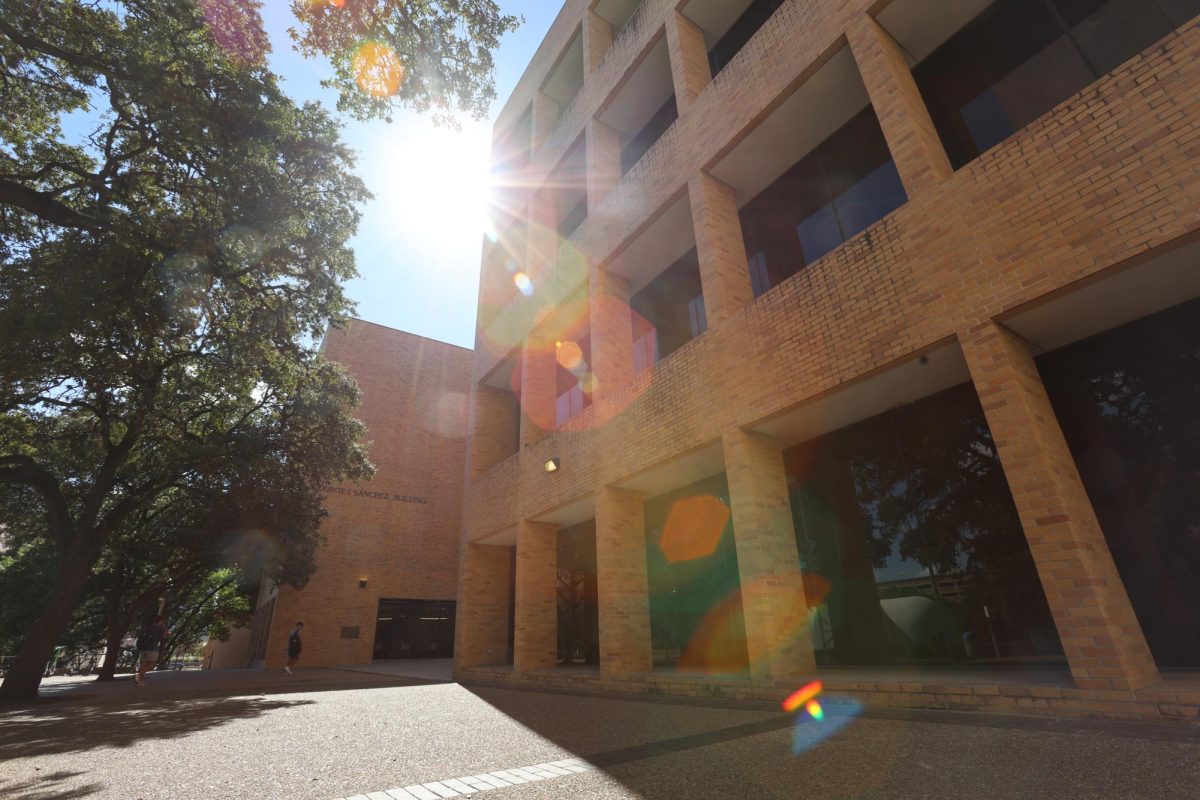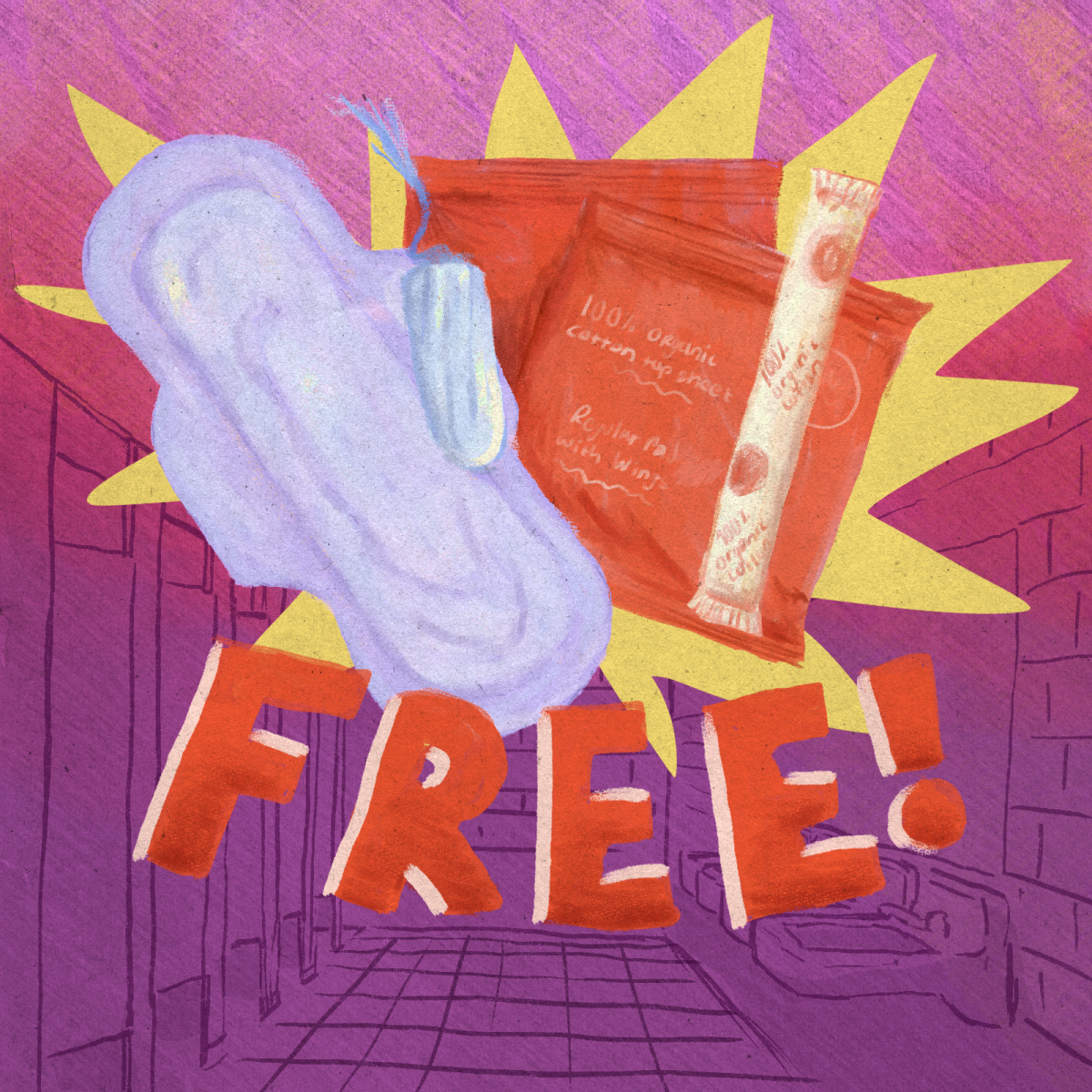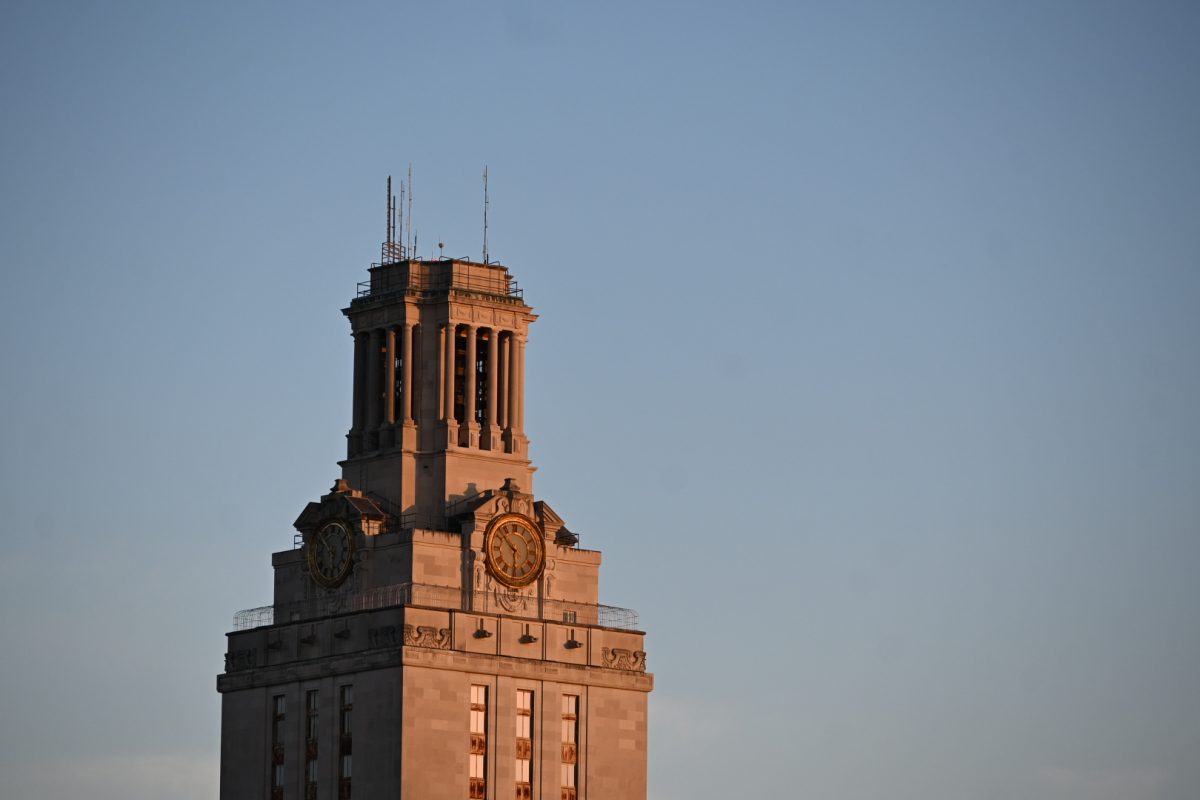Editors Note: This is the final installation in a four-part series examining the sources of UTs funding.
The Universitys self-funding enterprises, research money and University land income make up approximately half the Universitys $2.2 billion overall operating budget for fiscal year 2011, while less than half comes from tuition, state allocations and gifts.
Auxiliary enterprises include Intercollegiate Athletics, the Division of Housing and Food Service and the Frank Erwin Center. UT budget director Mary Knight said the Universitys auxiliaries, especially athletics, have increased consistently for the past five to 10 years. She said the other sources ties to the economy have made them less predictable over the same time period.
Auxiliaries budgets, which are completely self-funded, have made up between 11 and 12 percent of the overall budget since 2000, while the budget has increased from $1.1 billion to $2.2 billion. Knight said while auxiliaries do not receive state money or tuition, they pay 3.25 percent of their income into the Universitys academic budget. She said this fee pays for human resources, budget staff and other services University offices provide for the auxiliaries.
We also retain the interest they have on their accounts, which amounts to between 5 and 6 percent total, Knight said. Athletics pays that, too.
John Graham, associate athletics director for the Erwin Center, said the centers income comes mostly from ticket sales, concessions and advertisements within the facility. He said any surplus revenues from year to year stay within the center as reserves for down years or fund infrastructure improvements. He said these surpluses fund work to improve energy usage currently under way on the center.
Graham said the separation of funding allows auxiliaries to serve the Universitys nonacademic needs.
University Lands, which is within the UT System and is located in Midland, manages the leases of 2.1 million acres of Texas land, called the Permanent University Fund, designated to help fund UT and Texas A&M.
A nonprofit investment firm created by the UT System invests income from leases. Two-thirds of the investment income, called the Available University Fund, goes to the UT System and the other third goes to the A&M System. For 2011, UT Austin received $166 million from the fund. This makes up just more than 7.5 percent of the overall budget.
Stephen Hartmann, executive director of University Lands, said all of the University Lands are leased for at least one purpose. He said while oil and gas leases generate the most money, thousands of miles of easements for gas and fiber-optic lines, agricultural spaces, wind farms, businesses including gas stations and hotels and a winery that produces the Sainte Genevieve and Peregrine Hill wine labels are all on University Lands.
We subscribe to a multiple-use policy, Hartmann said. Thats what we do; we try to make a nickel however we can.
He said the office has recently seen interest in alternative energy projects other than wind, including several solar projects and biofuel production. He said these alternative lease uses can ensure the land remains profitable for the University.
We know oil and gas are depletable resources, Hartmann said. We try to be good stewards because we know the land is always going to be there.




















